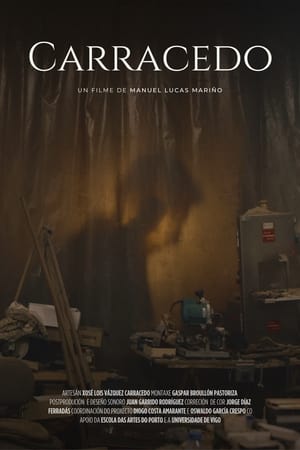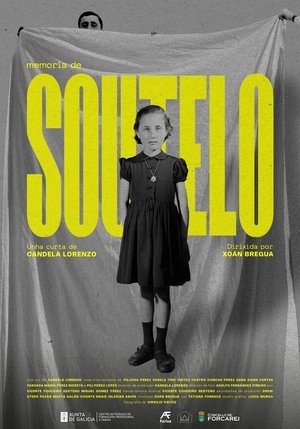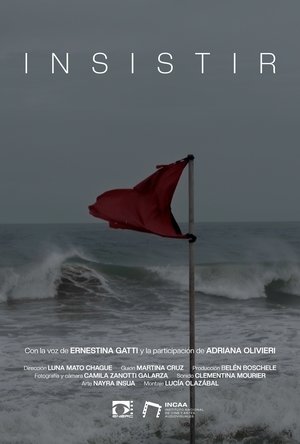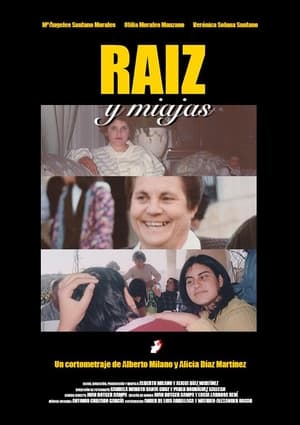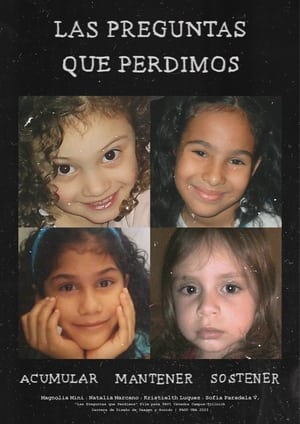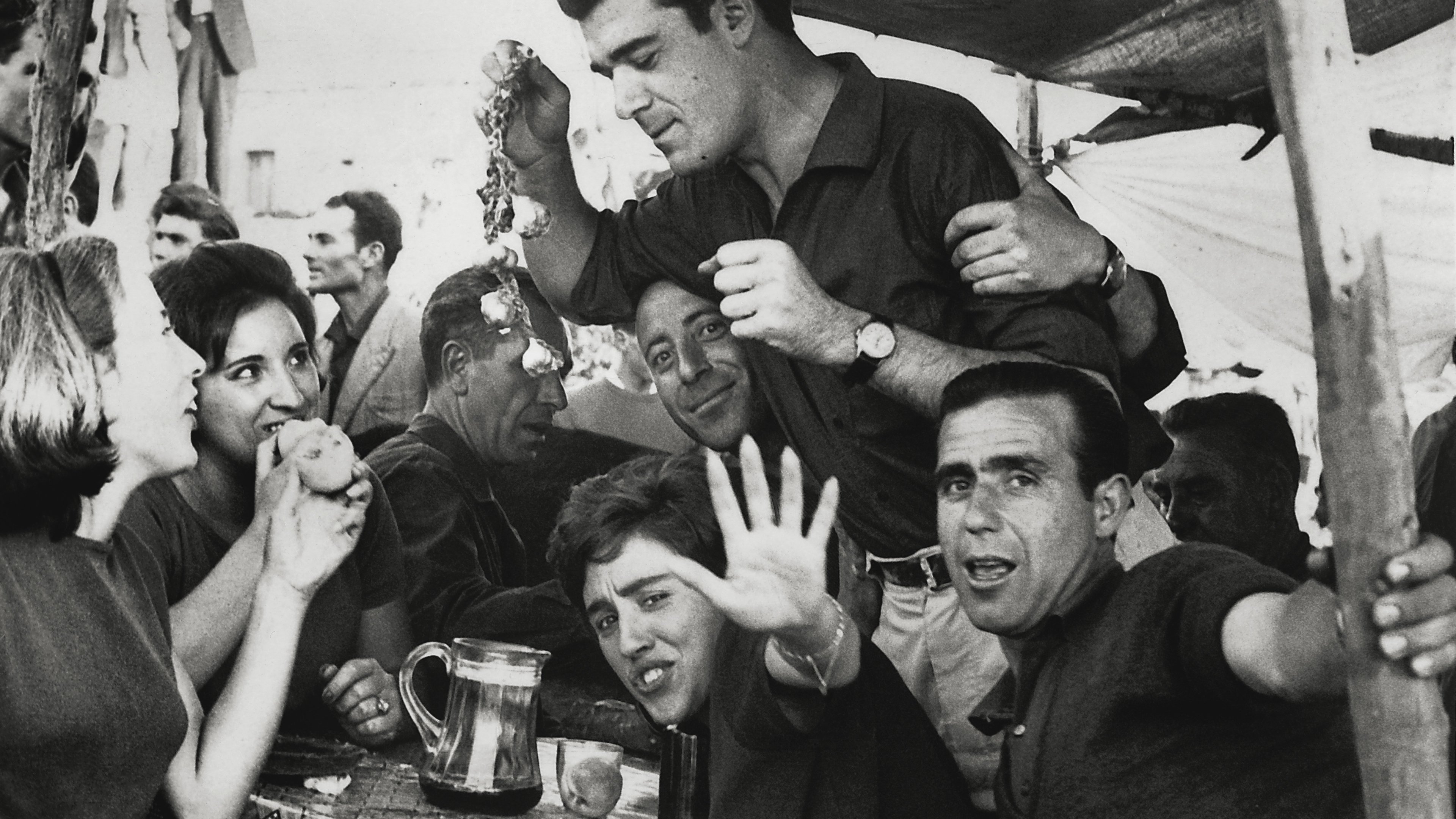
O Rizo
Top 1 Billed Cast
O Rizo
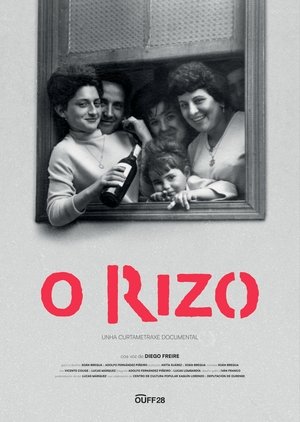
O Rizo
HomePage
Overview
Release Date
2023-10-06
Average
0
Rating:
0.0 startsTagline
Genres
Languages:
GalegoKeywords
Similar Movies
Las aspirantes(es)
A story that explores the role of women in the Malvinas War. The protagonist, leader of a group of veteran nurses, commits suicide while this documentary is being filmed. Her companions took on her legacy and continue the fight for recognition in the face of the silence of history and the Argentine Navy.
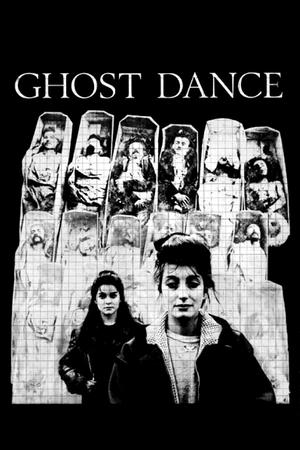 5.4
5.4Ghost Dance(en)
Through the experiences of two women in Paris and London, Ghost Dance offers an analysis of the complexity of our conceptions of ghosts, memory and the past. The film focuses on the French philosopher Jacques Derrida, who observes, 'I think cinema, when it's not boring, is the art of letting ghosts come back.' He also says that 'memory is the past that has never had the form of the present.'
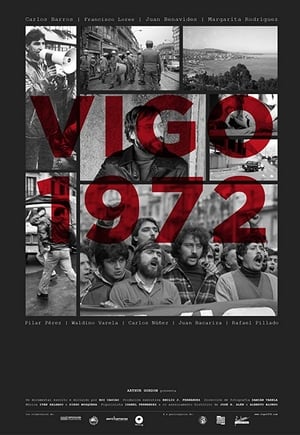 0.0
0.0Vigo 1972(gl)
‘VIGO 1972’ narrates the events which took place in Vigo in September 1972, when the firing of five Citröen auto workers resulted in the largest general strike in the history of Galicia — with over thirty thousand workers — all of this during the Franco dictatorship in Spain.
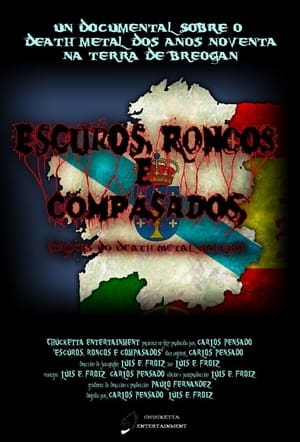 0.0
0.0Escuros, Roncos e Compasados(gl)
Absorbed, Unnatural, Dismal, Deface, SOK, Wisdom, Detestor ... Names linked to a very specific movement such as Death Metal and to a time and place as the Galicia from the 1990s. In this documentary, through interviews with members of that movement, from band members to producers or fanzine writers, we try to pay homage to an underground movement as Galician Death Metal along the 90s, deepening its history and its stories.
 0.0
0.0Seafighters(gl)
Living among the percebeiros of the Coast of Death (Galicia), this documentary shows a unique relationship between man and his surroundings, man and the sea. At the end of Europe, years after the Prestige oil spill disaster, these fishermen face an uncertain future.
 0.0
0.0All this Roughness(es)
An unnamed passer-by is forced to trace a circular route inside an abandoned tram station, facing loss and time. The broken walls act as a channel, transmitting fragmentary, blurred and analogical memories.
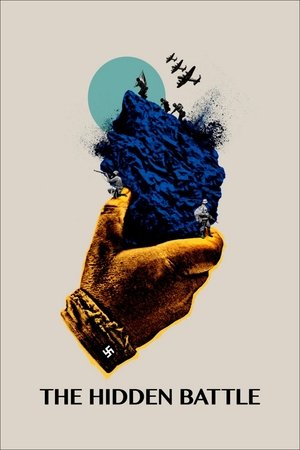 0.0
0.0The Hidden Battle(es)
During the Second World War, the Allies threaten to attack Spain, an allegedly neutral country, if the Francoist regime keeps allowing Nazi Germany to extract Galician tungsten, a strategic mineral, paramount to the war effort.
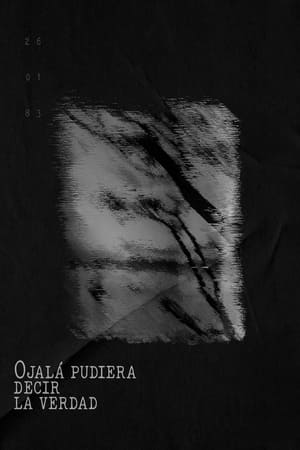 0.0
0.0Ojalá pudiera decir la verdad(es)
After collecting multiple records related to a painful family tragedy, Victor dives into the archive in search of answers about what really happened on January 26, 1983
 7.1
7.1Memory Games(en)
Without memory we are nothing. Memory makes us human. It’s who we are. Memory Games offers a thrilling insight into the lives of four athletes from the United States, Germany, and Mongolia as they compete for the title of World Memory Champion. Their unique approaches to memorizing and recalling mind-boggling amounts of information and their life stories form the basis for a visually stunning and thought-provoking documentary that looks at how memory permeates every aspect of our lives.
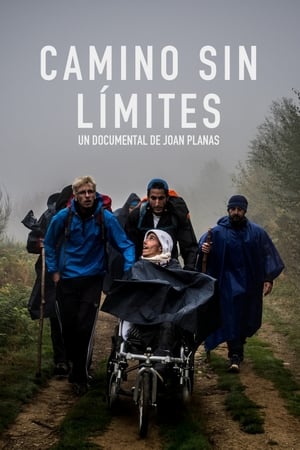 7.5
7.5The Way Without Limits(es)
The Way of Saint James, northern Spain, 2016. Two brothers, Oliver, the eldest, and Juan Luis, the youngest, a disabled person in a wheelchair, face the hardest challenge they have found so far on their long road of dirt, stones, rain and cold. Everyone says they will not make it, but, fortunately, they are not alone.
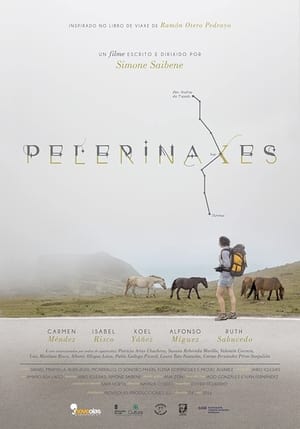 10.0
10.0Pelerinaxes(gl)
Luzía visits the eight stages of the 'pilgrimage' that the intellectuals Otero Pedrayo, Vicente Risco and Ben-Cho-Shey hiked from Ourense to San Andrés de Teixido in 1927; the story of the journey was published in the book ‘Pelerinaxes I’ (Pilgrimages I). She carries out this journey in order to finish up an audiovisual project about Otero Pedrayo’s book started at the University, together with a colleague who passed away in an accident.
 0.0
0.0Julia se revela(es)
When Claudia reviews the photographs and objects of Julia Chambi, her great aunt, she begins a journey into the past, reliving the footsteps of who can be considered the first Andean and Peruvian woman photographer. Julia, daughter, sister, woman, artist, photographer, politician and lover of Cusco reveals herself in every story, place or person that remembers her.
 7.9
7.9The Mauthausen Resistance(fr)
During World War II, the photographer Francisco Boix and other Spanish Republican prisoners of the Mauthausen concentration camp, where 120,000 people died, managed not only to survive their indescribable experience, but also, after the war, to reveal to the world what really happened in that hell, saving from destruction thousands of official photographs taken by the SS.
